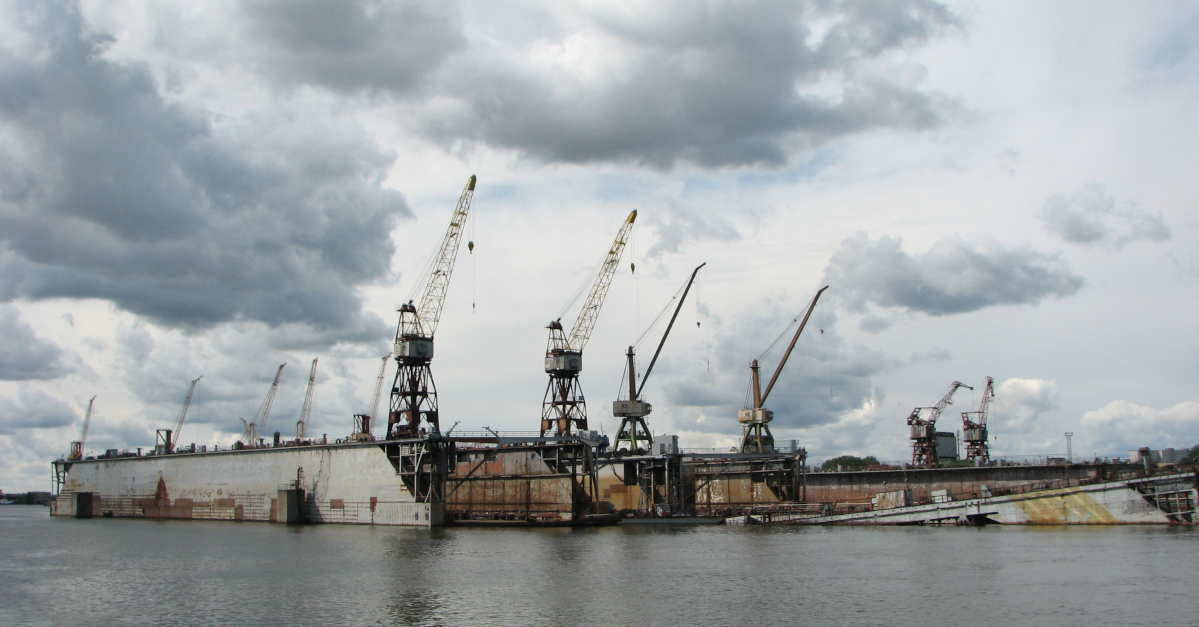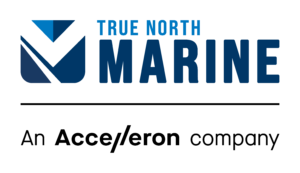The shipping industry is in an era of transformation. We‘ve written previously about green initiatives in the industry, and the pace of change will only increase. The IMO is putting increasing pressure on industry players to reach their climate goals and new technologies in vessel design, alternative fuels, and data management will need to be developed for this to be achieved. In this article we will examine new technologies in these areas that are on their way (or have already arrived).

Vessel Design:
Given the multi-decade lifespan of many ships, the vessels built today will likely still be operating around 2050, the IMO’s target for cutting carbon emissions by 50%. Improvements in vessel design and shipbuilding will be a major focus in the coming years and research is already underway to create greener and more efficient ships.
Vessel weight is a primary focus of R&D because lowering the overall weight will mean the vessel requires less fuel to operate. Steel is still the mainstay used to construct large vessels due to its structural integrity as well as its low cost, however composites have been used for years in the construction of smaller military vessels. For builders who want to use composites however, costly regulatory barriers currently exist requiring them to demonstrate that a composite ship is as structurally sound as a steel one. In spite of these hurdles, there are compelling advantages to composite materials which continue to drive R&D.
In addition to being lighter, composite materials are also less vulnerable to corrosion which reduces maintenance costs over the life of the vessel. Leading the R&D on this technology is the Ramsses project, currently funded in part by the EU, which is developing what they hope will be a commercially viable composite hull. The ultimate goal of this technology would be to balance any increased up-front costs for construction with long-term savings in fuel and maintenance. Unfortunately the Ramsses project is still a long way off from producing a commercially viable ship, however this year they made significant progress, completing a composite hull section in the summer of 2020.

Alternative Fuels:
With IMO 2020’s prohibition on high-sulfur fuels, it is likely that marine fuels will be an area of increasing regulation moving forward. Improving marine fuels also seems to offer the best chance at greenifying the industry.
Liquid Natural Gas (LNG) when burned emits much less carbon dioxide than traditional bunker fuel and so holds great potential for reducing vessel emissions. Indeed, LNG likely offers the most immediate solution to massively cut emissions as LNG powered vessels are already in operation and infrastructure exists to support them. Shipowners seem to recognize this and in 2019 orders for LNG vessels increased by 50%. The Society for Gas as Marine Fuel is a consortium which offers technical guidelines for the use of LNG and is engaged with regulators to ensure a favorable environment for the implementation of LNG powered vessels.
Even better than LNG, Hydrogen is a zero-emissions fuel source which would go a long way to reaching the IMO’s climate goals if widely adopted. Currently CMB’s R&D division is putting significant resources into developing commercially viable hydrogen engines, first for passenger vessels but looking ahead to merchant ships. Challenges remain however including the need for further R&D, the expense of producing hydrogen, and the lack of fueling infrastructure.
Sails and shipboard batteries also offer zero-emissions alternatives to propulsion however significant obstacles mean that these are unlikely to be viable in the near term. Retractable sails for cargo ships are currently available and can help reduce emissions, however the same challenges exist for these vessels as existed for 19th century sailing ships: the wind does not always cooperate. As such it is unlikely that this technology will be able to substitute traditional engines. Similarly, battery technology has not advanced to the point that would allow vessels to undertake long voyages on a single charge, and thus vessels would need to rely on shipboard power generation— and likewise be vulnerable to the caprices of weather.
Data Management:
While improvements in data management and logistics may not be enough on their own for the industry to reach its 2050 goals, these technologies are the easiest to implement and can marginally reduce emissions. The key to many of logistical improvements is harnessing the power of big data to refine existing processes and enable more precise decision-making.
Just-in-time arrival is one system which is both practical to implement and reduces emissions by lowering a vessel’s average speed throughout a voyage and simultaneously eliminating prolonged waiting periods. In order to be feasible however, a JIT system must be backed up by more data gathering on the port side and analysis of voyage data to more accurately estimate a vessel’s ETA.
Of course weather routing offers a tried and true way to both save on fuel costs as well as reduce shipping emissions. The IMO, via MEPC.1/Circ.683 has identified weather routing as one of the many best practices for fuel efficient operations of ships. From optimum voyage planning to speed optimization and Just-in-Time arrivals, through our operations TNM helps reduce and monitor our clients carbon footprint. The biggest advantage of weather routing as an emissions reducer is that it is available today whereas most other technologies will require years of research and development before reaching commercial viability.
If you’d like to learn more about how True North Marine can support your sustainability goals we’d love to hear from you. Our experienced operations staff includes many former mariners who draw from their experience at sea to make informed recommendations in the interest of safety, sustainability, and cost savings.




